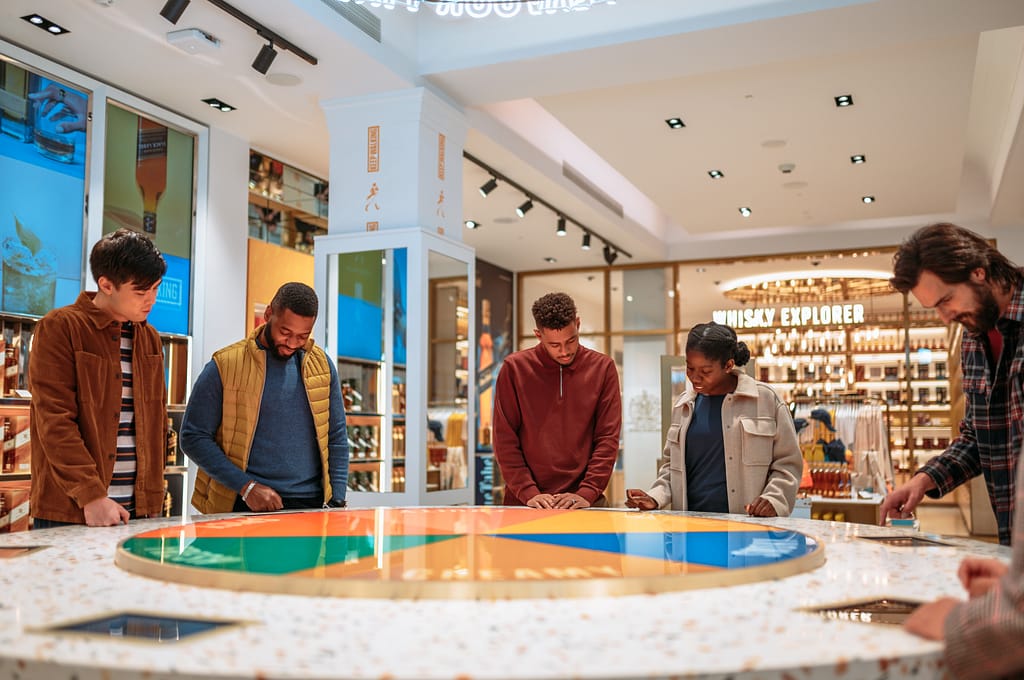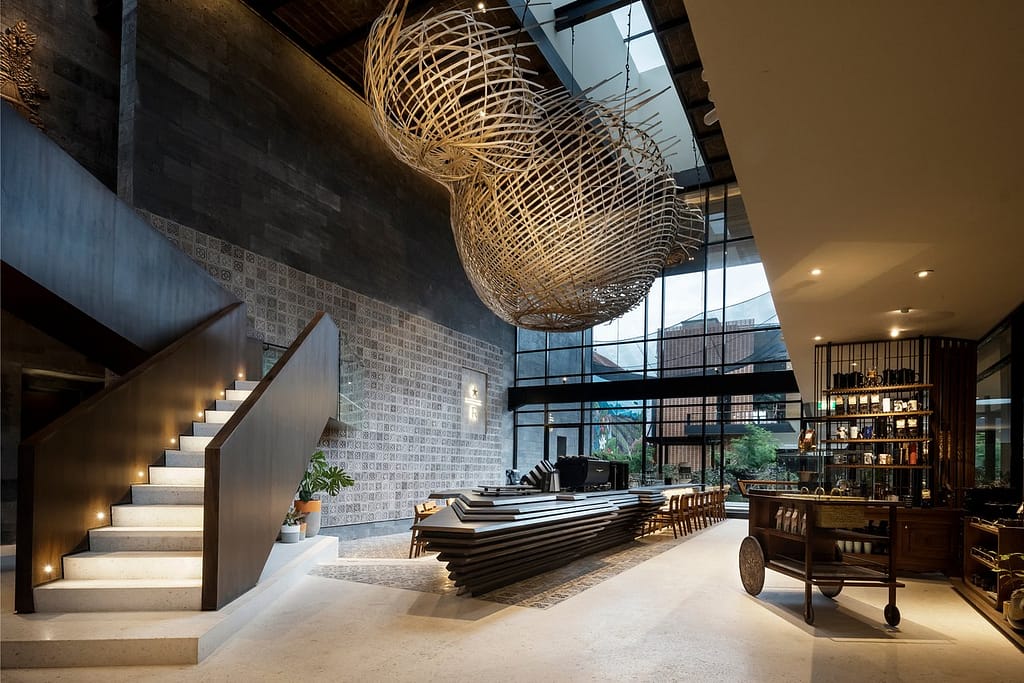- News
- Flagships and Brand Homes: The Difference and Why It Matters
Flagships and Brand Homes: The Difference and Why It Matters
Brands have an abundance of options for promoting themselves. But for most brands, simple promotion is no longer enough—today’s most competitive brands are building deeper relationships with their most important audiences. Experiential mediums like brand homes and immersive flagship experiences have redefined what it means for brands to directly engage with their audience, building long-term loyalty along the way.
Since 2019, spending on experiences has gone up 65%. As more brand homes and flagship experiences are created around the world, a lot of people ask us: What’s the difference between the two? It’s true that they both serve as significant emotional touchpoints for a company’s brand story, identity, and customer engagement, but they have distinct purposes and functions.
A FLAGSHIP is most often the primary location for a brand, whether it be a retail, restaurant, or even hotel location. A flagship can most often be found in prominent cities that align with the brand goals and are typically found in high-traffic areas and in neighborhoods that reflect the brand’s culture. Flagship experiences come in a variety of sizes, but they are usually larger in scale and represent the pinnacle of the brand ethos and retail offering, designed to make a bold statement and attract attention. Often in a flagship experience, a brand will showcase its entire collection, offer personalized services, exclusive or limited-edition products, and showcase innovative design elements to create a memorable brand experience. They can be awe-inspiring, premium destinations, where the experience is as important as the purchase itself.
Examples of famous flagships include Johnnie Walker Princes Street in Edinburgh, Starbucks’ Reserve Roasteries in numerous cities across the globe, Guinness Open Gate Brewery in Baltimore and Chicago, and Jumpman (Air Jordan) in Los Angeles. New York is America’s premiere destination for flagships, featuring flagship stores for Apple, Tiffany, Microsoft, Lululemon, Nike, and Ralph Lauren.

A BRAND HOME, on the other hand, is a dedicated experiential destination designed to celebrate the origin of the brand story, process, and the people who are important to this narrative. Brand homes come in a variety of scales and can be located in urban environments but are often located in rural and industrial locations too. Brand homes go beyond showcasing products. A brand home takes guests to the heart of the brand with features like immersive experiences, process storytelling, demonstrations, classes, brand archives, and interactive exhibits. The most successful brand homes bring value beyond recruitment and advocacy, becoming a commercial asset for the brand and earning revenue for the company.
Great brand homes include the Guinness Storehouse in Dublin, Jameson Distillery Bow St., Maison Cailler, The Ford Rouge Factory Tour, Woodford Reserve Distillery, Heineken Experience, the Harley-Davidson Museum, and every modern team-centric stadium, ballpark and arenas.
A great example of a brand home is the Starbucks Dewata Coffee Sanctuary in Bali. More than simply feature all the great coffees that Starbucks offers, The Dewata Coffee Sanctuary offers Starbucks lovers an experiential deep dive into the “bean to liquid to lips” process of responsibly growing and making coffee. Here guests can explore a working coffee farm, with a nursery where guests can plant seeds. Guests can take taster classes. Every guest exits with a greater appreciation of the care that Starbucks takes to grow, harvest, roast, brew, and serve great coffee. Finally, the Sanctuary offers exclusive drinks steeped in the culture of Indonesia, so guests have a story to tell their friends back home.

Ultimately, while a brand home focuses on storytelling, immersion, and experience, a flagship showcases the brand’s products and innovations in a premium environment. But designed correctly brand homes and flagships won’t be perceived as promotion or advertising by customers. They are perceived as meaningful extensions of the brand’s ethos, building connections with customers and driving, long-term loyalty and business success.
